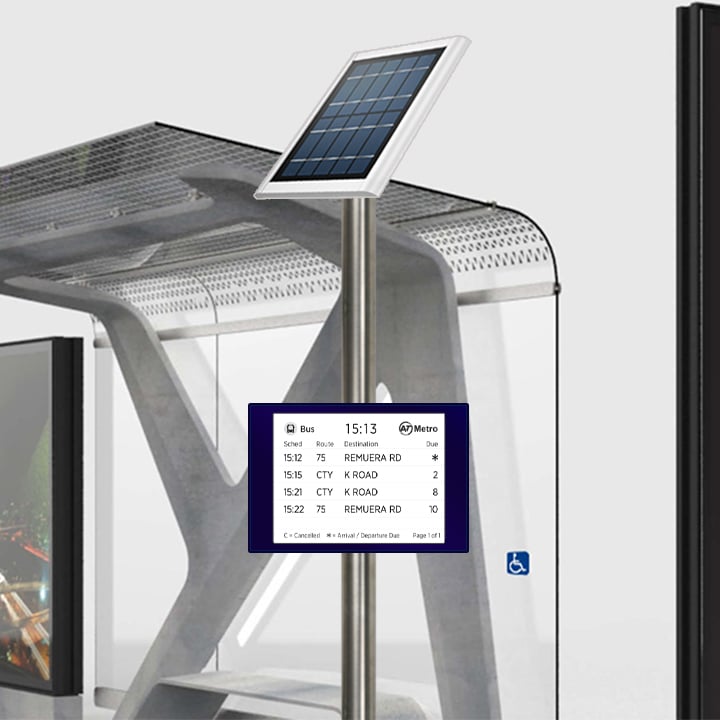Solar-Powered Digital Signage: Harnessing the Sun's Energy for Effective Communication
With the increasing focus on sustainability and renewable energy, solar-powered digital signage has emerged as an innovative solution for outdoor communication. This type of digital signage uses solar panels to generate electricity, which is then used to power the display. This article will explore the benefits and challenges of solar-powered digital signage, provide some case studies of successful implementations, and offer guidance on selecting a solar power system.
Benefits and Challenges
Solar-powered digital signage offers several benefits:
Environmentally Friendly: Solar power is a renewable, clean energy source that reduces the carbon footprint of your signage system.
Energy Saving: By harnessing the power of the sun, you can significantly reduce or even eliminate your energy costs for operating the signage.
Versatility: Solar-powered signs can be installed in remote locations where access to the power grid may be challenging or costly.
However, there are also important challenges to consider:

Dependence on Weather: The effectiveness of solar power depends on the availability of sunlight, which can be influenced by weather and geographical location.
Initial Cost: The upfront cost of installing solar panels, batteries and related equipment can be high, although this can be offset over time by the savings on energy bills.
Maintenance: Like any technology, solar power systems require regular maintenance to ensure optimal performance. This may include cleaning the solar panels and replacing the batteries.
Case Studies of Successful Implementations
Case Study 1: City Bus Stops
In a bid to improve public transportation and promote sustainable practices, a city in California installed solar-powered digital signage at bus stops. These signs display real-time bus arrival information, improving the commuting experience. Despite initial concerns about the region's foggy weather affecting solar power generation, the signs have performed reliably.
Case Study 2: National Park Information Signs
A national park in Australia has implemented solar-powered digital signage to provide visitors with real-time information about weather, park activities, and wildlife sightings. The remote location of many signs made grid-connected power impractical, making solar power an ideal solution.
How to Choose a Solar Power System
When choosing a solar power system for digital signage, consider the following factors:
Energy Requirements: Determine the power consumption of your digital signage system. This will help you to size your solar power system correctly.
Sunlight Availability: Evaluate the amount of sunlight your location receives throughout the year. This will affect the size and number of solar panels you need.
Battery Storage: To ensure your sign operates during the night or on cloudy days, you'll need batteries to store excess power generated during the day. The size of the battery system should be based on your signage's power consumption and the longest expected period of low sunlight.
Quality and Durability: Choose solar panels and components that are rated for high quality and durability to ensure your system is reliable and lasts as long as possible.
In conclusion, solar-powered digital signage offers an innovative, eco-friendly way to communicate in outdoor spaces. Despite some challenges, with careful planning and selection of the right solar power system, this sustainable solution can offer significant benefits.
